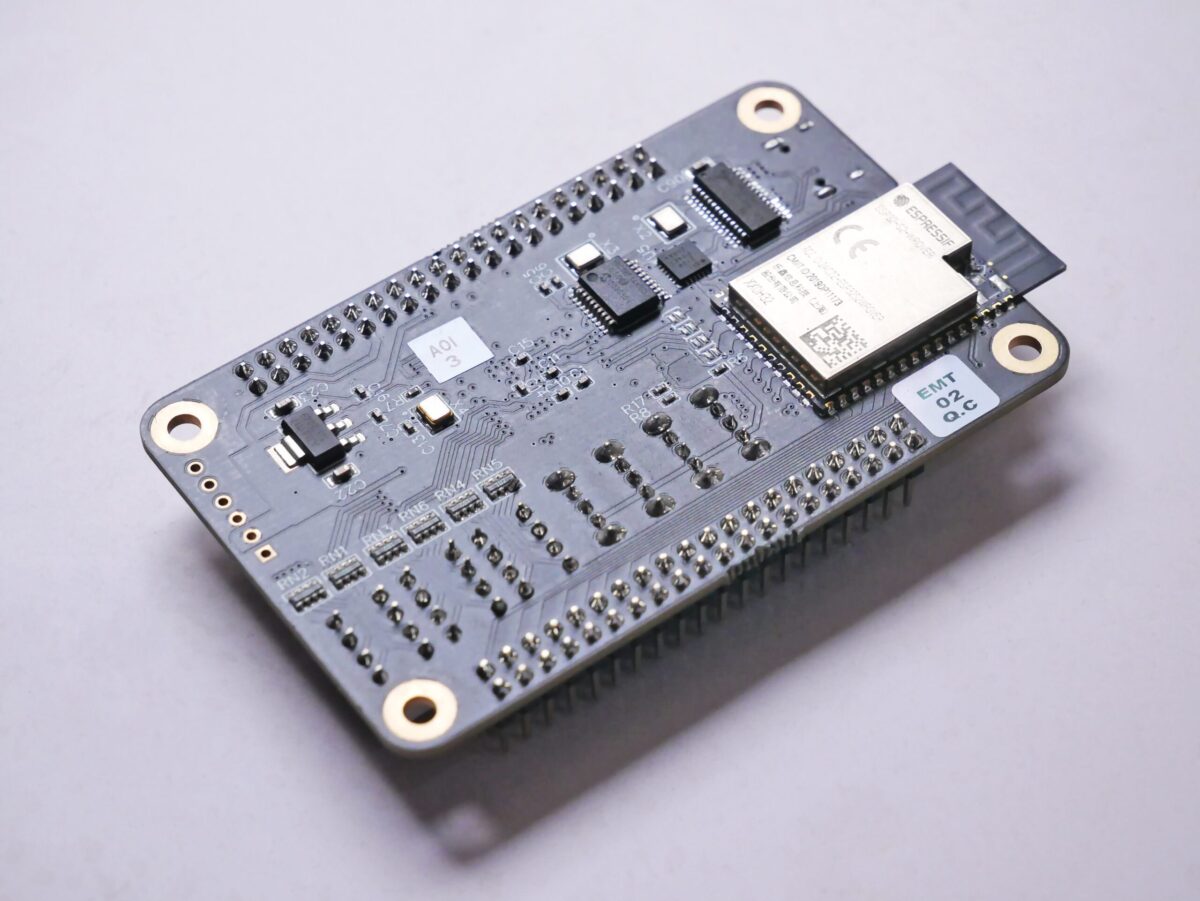Tag: MicroController
A microcontroller is a small, self-contained computer on a single integrated circuit that is designed to control embedded systems and perform specific tasks.
-
How to decode the exception backtrace of an ESP32
When the execution of code on an ESP32 throws an exception, the output might look like this: The Espressif tools contain a binary called xtensa-esp32-elf-addr2line which will decode the backtrace addresses and return details about the source files, lines and function names, etc. To run the tool, call: In the command above, simply…
-
ESP32: how to read and write the partition table of an ESP device?
To communicate with an ESP32 the ESP-IDF (Espressif IoT Development Framework) can be used. This framework provides a collection of useful scripts to communicate with your ESP device. The framework is supported on Windows, Linux and macOS. You can download the ESP-IDF repository and extract the contents into a folder. Note that you need to…
